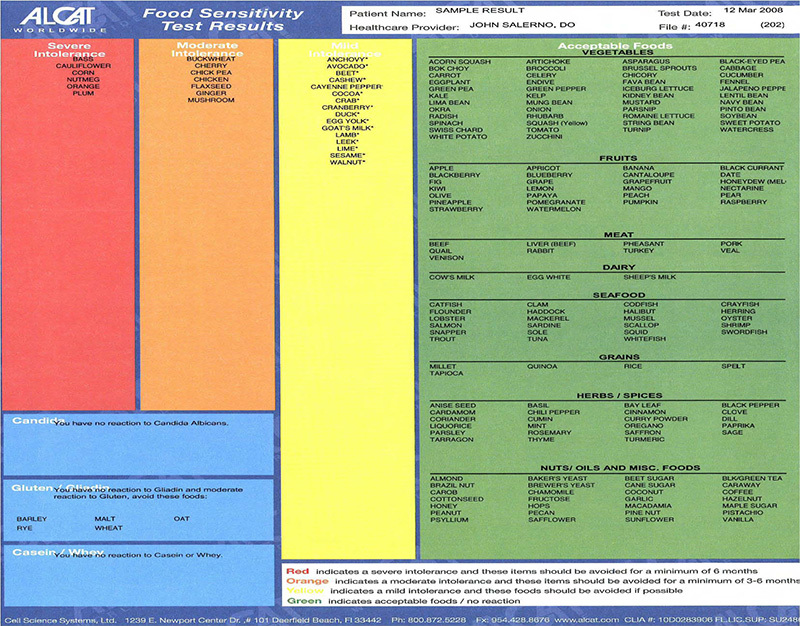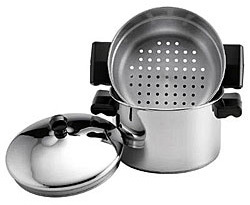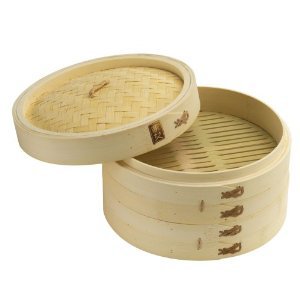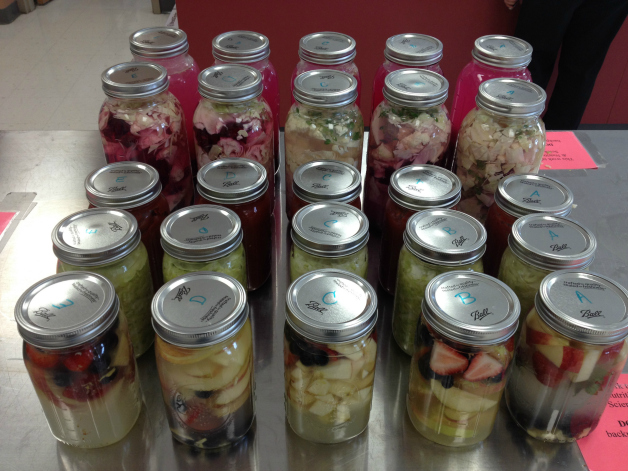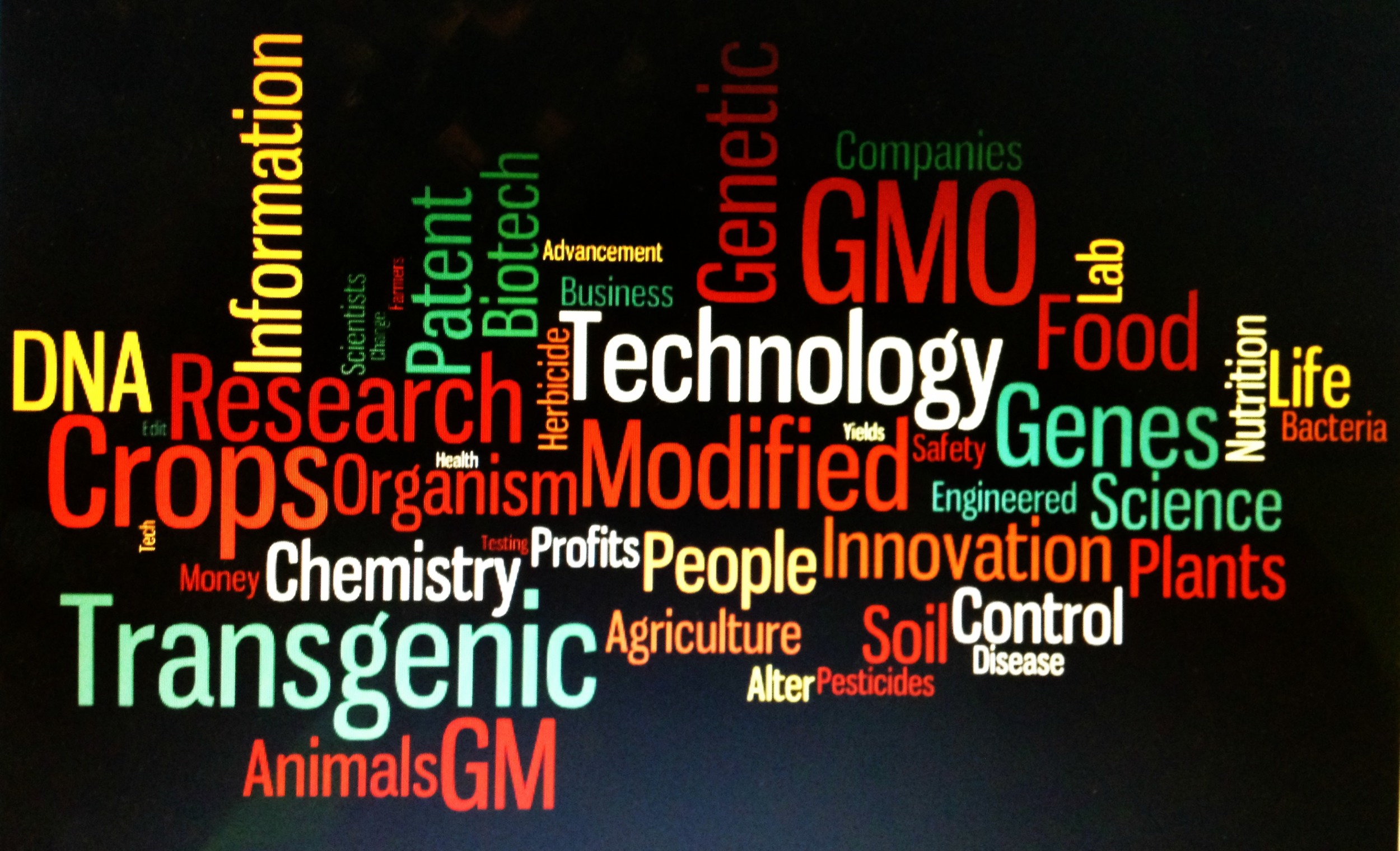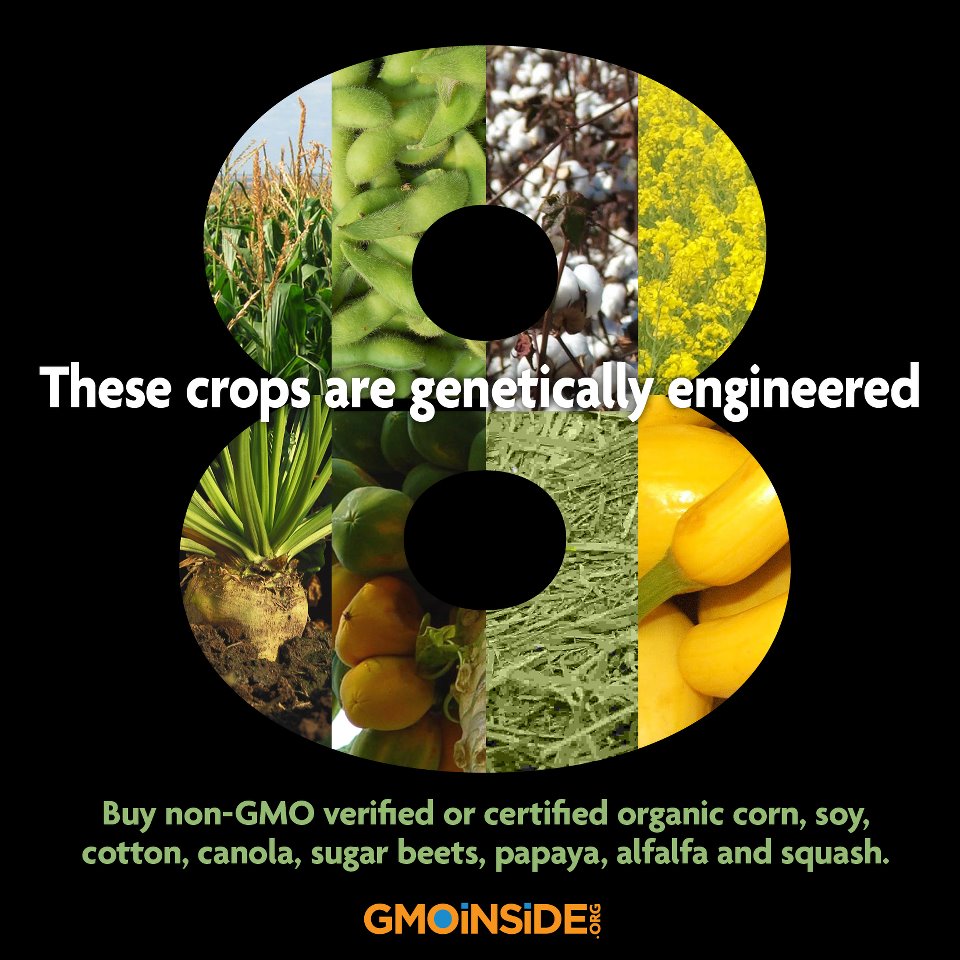This is the major one so here's the story:
According to the USDA: Organic is a labeling term that indicates that the food or other agricultural product has been produced through approved methods. These methods integrate cultural, biological, and mechanical practices that foster cycling of resources, promote ecological balance, and conserve biodiversity. Synthetic fertilizers, sewage sludge, irradiation, and genetic engineering may not be used.
Crop Farms:
(They must have 3 years with no application of prohibited materials before being declared Organic)
- Implementation of an Organic System Plan, with proactive fertility systems; conservation measures; environmentally sound manure, weed, disease, and pest management practices; and soil building crop rotation system
- Use of natural inputs and/or approved synthetic substances on the National List
- No use of prohibited substances while certified
- No use of genetically engineered organisms (GMOs)
- No sewage sludge or irradiation
- Use of organic seeds, when commercially available
- Use of organic seedlings for annual crops
- Restrictions on use of raw manure and compost
- Maintenance of buffer zones, depending on risk of contamination
- No residues of prohibited substances exceeding 5% of the EPA tolerance
For livestock operations:
- Implementation of an Organic Livestock Plan
- Mandatory outdoor access, when seasonally appropriate
- Access to pasture for ruminants
- No antibiotics, growth hormones, slaughter byproducts, or GMOs
- 100% organic feed and approved feed supplements
- Sound animal husbandry and preventative health care
- Organic management from last third of gestation or 2nd day after hatching
- No rotating animals between organic and non-organic management
Single Ingredients
On foods like fruits and vegetables, look for a small sticker version of the USDA Organic label or check the signage in your produce section for this seal. The word "organic" and the seal may also appear on packages of meat, cartons of milk or eggs, cheese, and other single-ingredient foods.
Multi-Ingredient Foods
Foods such as beverages, snacks, and other processed foods use the following classification system to indicate their use of organic ingredients.
100% Organic: Foods bearing this label are made with 100% organic ingredients and may display the USDA Organic seal.
Organic: These products contain at least 95–99% organic ingredients (by weight). The remaining ingredients are not available organically but have been approved by the National Organic Program. These products may display the USDA Organic seal.
Made With Organic Ingredients: Food packaging that reads “Made With Organic Ingredients” must contain 70–94% organic ingredients. These products will not bear the USDA Organic seal; instead, they may list up to three ingredients on the front of the packaging.
Other: Products with less than 70% organic ingredients may only list organic ingredients on the information panel of the packaging. These products will not bear the USDA Organic seal.
Of course, here is the ultimate tip for avoiding getting overwhelmed by packaging: buy very few things that actually have packaging. I get that some whole foods come in packaging: bread, eggs, spices, grains etc. But generally those packages are mostly transparent and therefore not quite as overwhelming as, say, a cereal box. Boxed, processed foods are a marketing division's dream. The entire point of processed foods is to purchase large quantities of cheap commodity ingredients, process them in various ways, and then charge a huge markup for "added value." How do they inform you of just how much "value" they've added? By plastering claims and cute cartoons all over the packaging. These are marketing devices. The claims they make are typically unsubstantiated and loosely regulated. For the real story, read the ingredients list. Those are really the only words that matter. But again, if you are buying, say, a squash, there isn't any packaging to be found. Between a box and a squash: go with the squash.
Yes, to further complicate things, if you are rockin' and simply want to decide between various good things: do you buy organic or local or fair trade? I say ideally buy as much organically grown food as possible. Hopefully, it will be labeled, but if you know your farmer and he isn't certified but adheres to organic practices, buy it. Aim for local and in season as much as possible. (I love buying local, it's the easiest way to know your farmer. But if that farmer sprays lots of pesticides and plants gmo crops- no way! That means he's selling contaminated food AND contaminating my water supply!) For imports from countries with poor working conditions, buy fair trade. But to be fair, as long as you are deciding between organic versus local produce instead of Lucky Charms versus Fruit Loops, you deserve a massive shout out because you are awesome and I'll call it a WIN either way!







